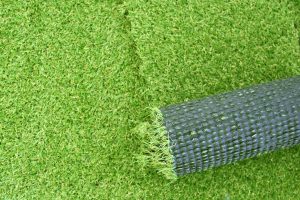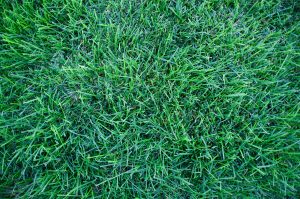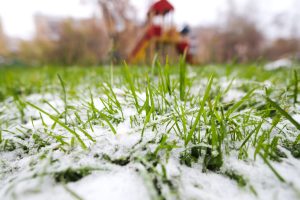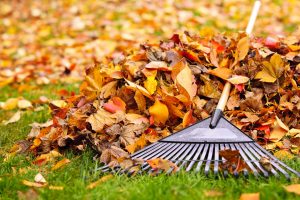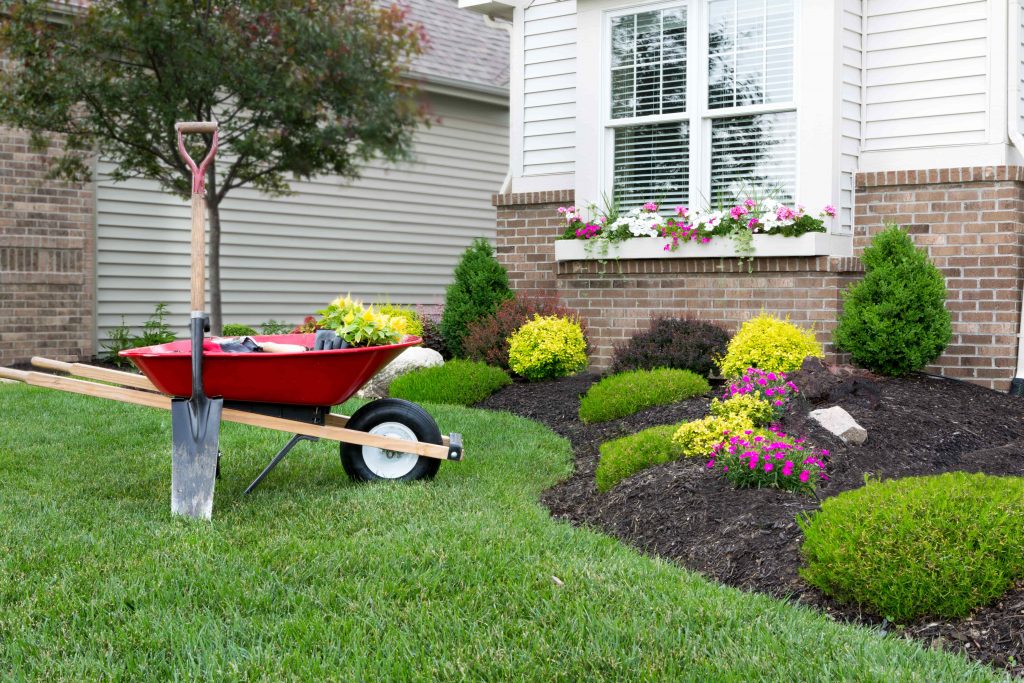
The type of grass that you have dictates how you care for it. Different climates are more ideal for certain types of grass. This guide teaches you about three types of grasses that you’ll encounter in Australia. They are Cool Climate Grasses, Warm Climate Grasses, and Artificial Grass.
Each has its list of benefits that can add to the overall appeal of your property. By the time you’ve learned all that there is to know about the different types of grasses that are best for the climate you live in, you’ll be ready to seed the ground and start growing your favorite grass types.
Cool Climate Grasses
Cool climate grasses grow in areas of the country that experience colder weather. They’re very resilient and can handle lower temperatures. Examples of cool climate types of grasses include Fescue Grass, Rye Grass, Bent Grass, and Bluegrass. You’ll learn more about how to identify the grass types as well as how to best care for it, so it thrives. When thinking about the curb appeal of such grasses, you want them to succeed so they don’t become patchy and unsightly. Beautiful grass adds value to a property and makes it more presentable for the public to see.

Fescue Grass
A grass that thrives in colder weather, it’s very resistant to foot traffic, which is why cities use it in parks and playing fields in place of artificial turf. Fescue grasses are weed-resistant and perfect for properties where children and animals are present. It can take a lot of wear and tear but unfortunately requires a lot of water in the summer. You’ll also need to overseed the soil to ensure the growth of the grass. It’s also getting scorched and brown in spots, which may be something you prefer to avoid altogether. All in all, it’s a great grass to have if you have a family who plays outdoors or lives in an area of the country that is significantly cool most of the year.

Rye Grass
Among the fastest grass to germinate is rye grass. It’s known as a ‘hard worker’ because of how quickly it grows. It can deal with the cold well but needs a good amount of shade to survive. This type of cooler climate grass comes in many different varieties, with each having its level of tolerance for heat and drought conditions. You must know which kind of grass you have so you can care for it accordingly.
Bluegrass
Colorful and durable, this grass is one that you’ll find alongside turfgrass in colder climates. It’s a hearty grass that is as durable as it is beautiful. It can take a beating and still maintain its long, thin blades and outstanding color. Some of the downsides to this type of grass is that it needs lots of water and ample shade. Without either, it could die quickly. It’s not ideal for warmer climates for this precise reason. In cooler environments, it grows well and looks incredible for many months throughout the year. If you don’t want to spend a great deal of time watering your grass during higher temperatures, you may want to consider planting something else.
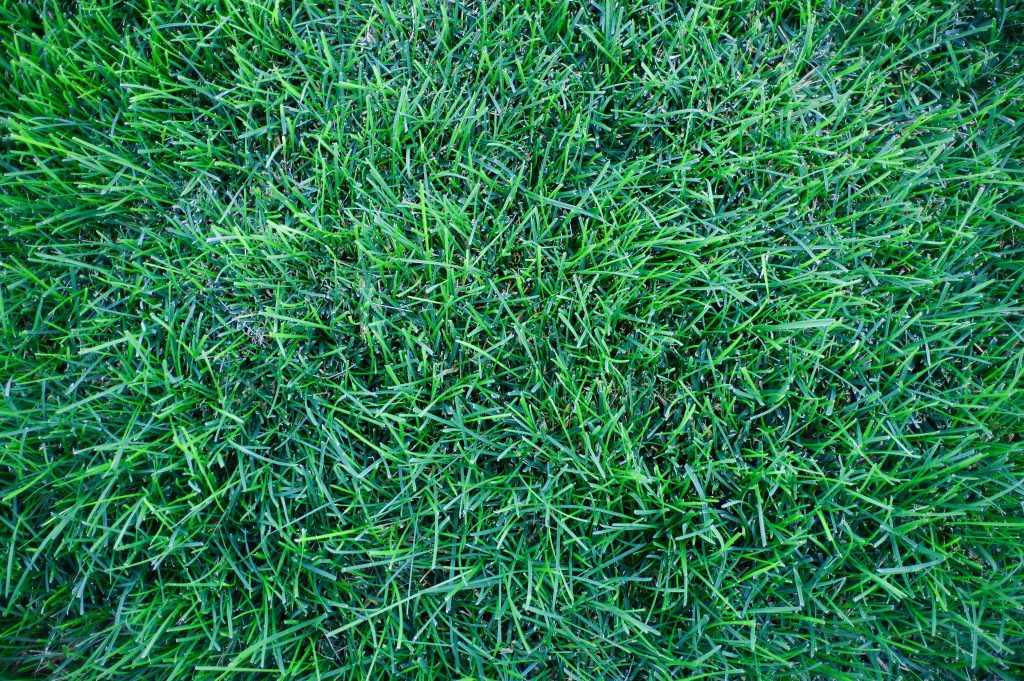 Bent Grass
Bent Grass
Another cooler season favorite, this type of grass can be grown alone or used with a mix of other grasses to form ideal turf for places such as golf courses. It spreads quickly, which is why some people view it as a weed. It creates a dense mat that is easily recognizable by its bluish-green color. The roots are shallow, so they’re able to get the water and nutrients they need to thrive. It can handle consistent mowing and foot traffic but does spread rapidly which means that it can be hard to contain. It may grow where it shouldn’t which is why some people see it as being a nuisance and a weed.
